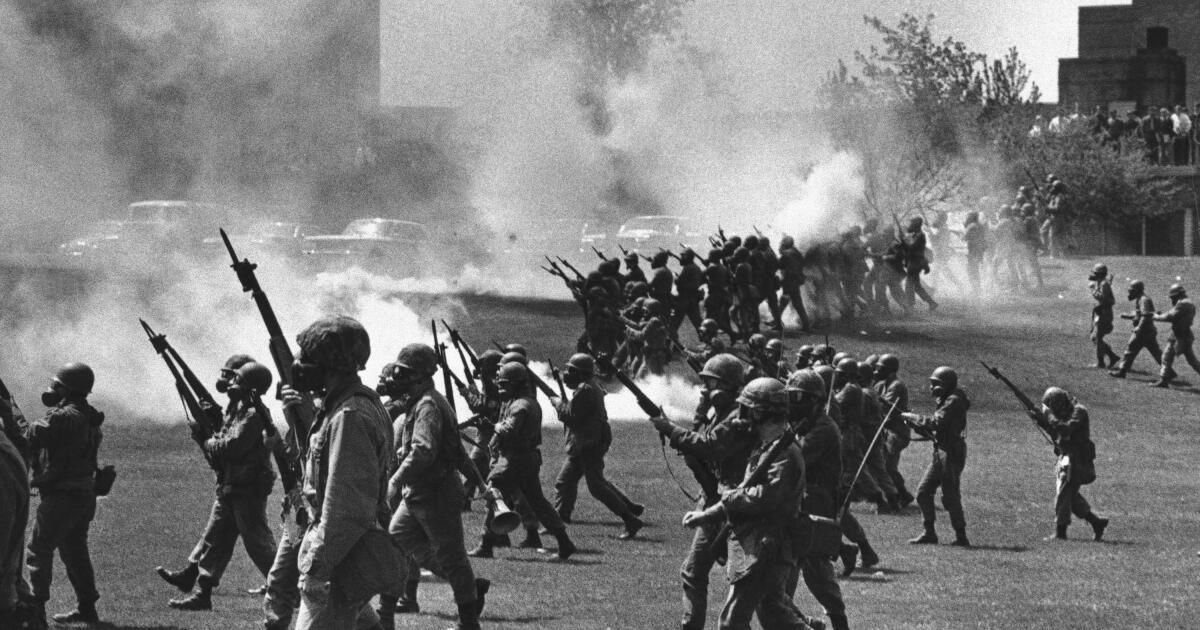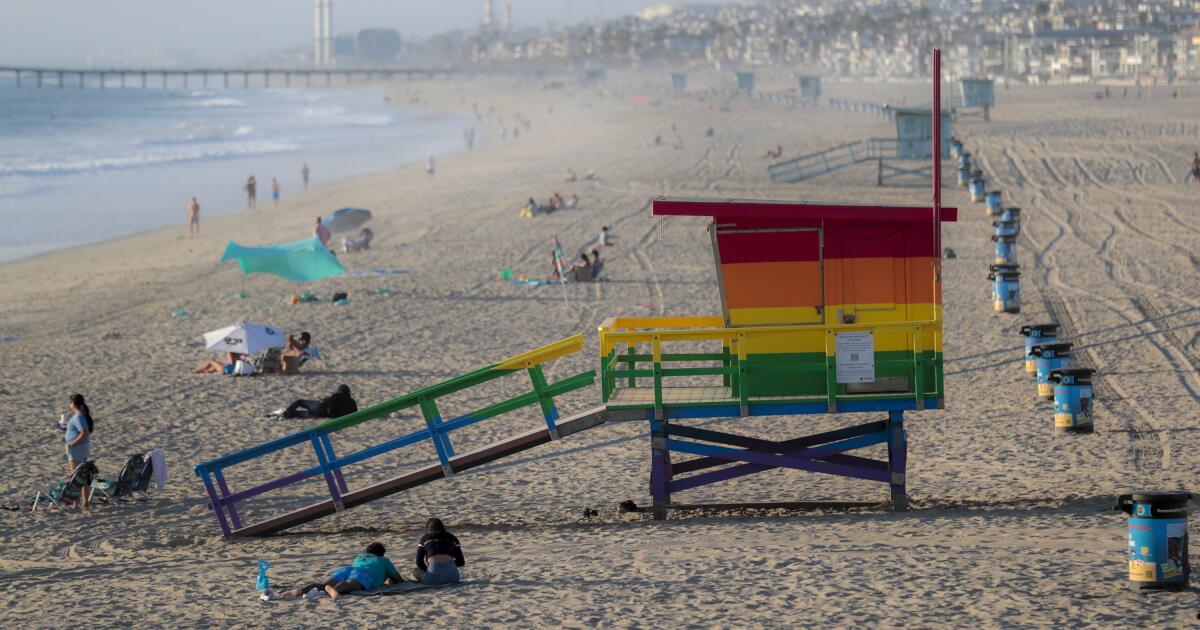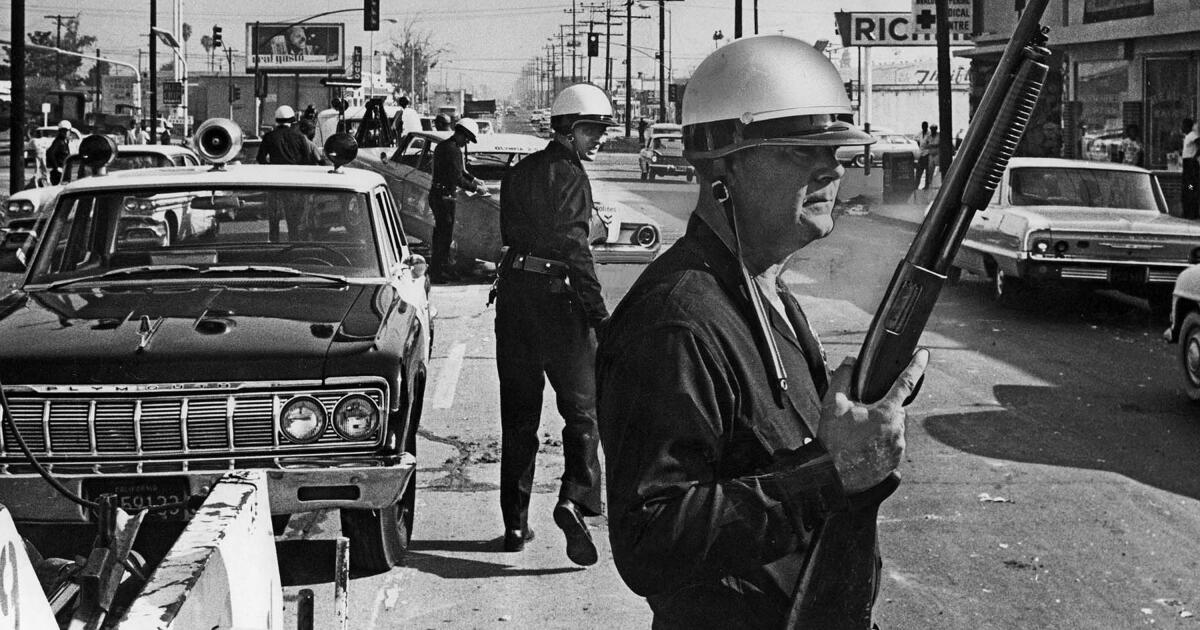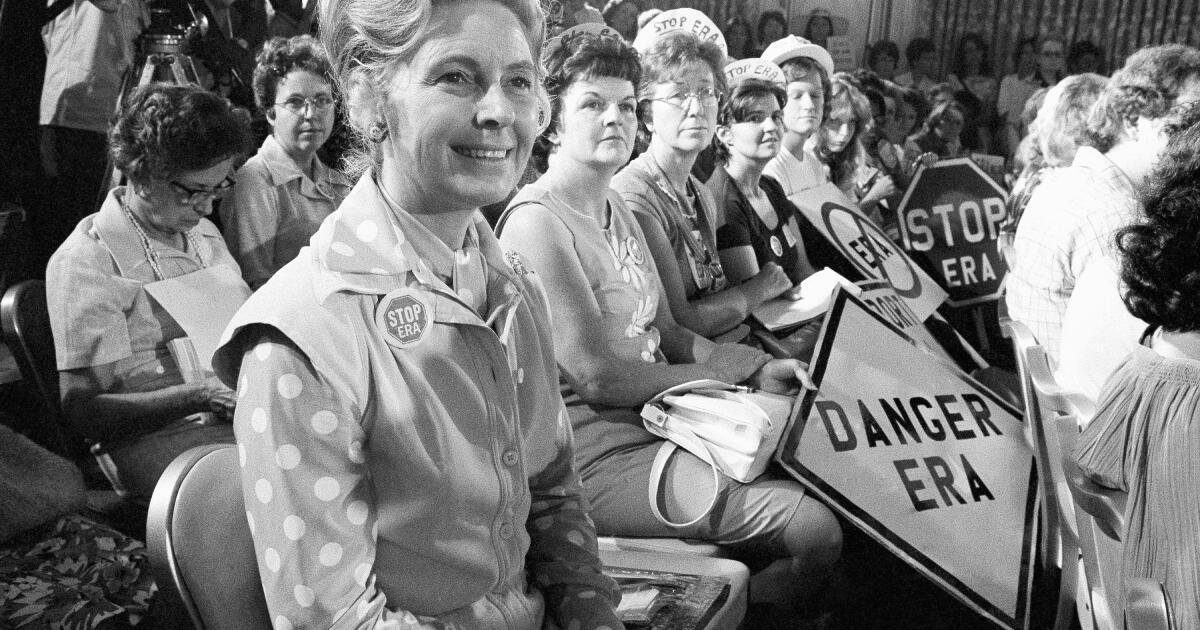Book Review
Kent State: An American Tragedy
By Brian VanDeMark
WW Norton: 416 pages, $35
If you purchase books linked on our site, The Times may earn a commission from Bookshop.org, whose fees support independent bookstores.
Brian VanDeMark begins his book, “Kent State: An American Tragedy,” by sitting down with Matt McManus, who was a platoon sergeant in the Ohio Army National Guard on May 4, 1970. It’s an interesting choice that may raise questions among some readers. For example: Why, in recounting the tragic campus murder of four antiwar protesters on that spring day 54 years ago, do we begin the story by hearing from one of the killers? Is this really a “both sides” story?
As VanDeMark’s painful, meticulously researched and reported study quickly makes clear, there are actually more than two sides. Yes, there are the students, 13 of them gunned down by National Guard troops, four of them fatally. And the troops themselves, exhausted, untested, ill-prepared for their task, and largely unsure of what that task was. And the inept, disorganized, and jingoistic military and political leaders who set the stage for the massacre and, for the most part, refused to take responsibility afterward. And the parents of those killed, whose lives would never be the same. Finally, encompassing all of the above, is a country torn by rage, and marked by literal and figurative explosions.
Cover of the book “Kent State: An American Tragedy”
(WW Norton)
As we learn later in the book, VanDeMark’s interview with McManus, who was 25 at the time, is not just a plea for sympathy, or a mere narrative jumping-off point. It also reveals some new things. Sitting in his home in Wooster, Ohio, McManus tells the author that he gave an improper, ill-advised, and ultimately deadly order for troops to fire their weapons into the air that day at 12:24 p.m. Some of the men obeyed, which is bad enough; bullets that go up must come down. Some fired at the ground. And others simply fired into the crowd. Allison Krause, 19, Jeff Miller, 20, Sandra Scheuer, 20, and William Knox, 19, were killed. It would have helped the cause of justice if McManus had admitted his mistake many years ago. But, as VanDeMark writes in the book's first sentence, “People don't hide the whole truth unless it's too much to bear.”
The author devotes the next 397 pages to seeking that truth, as experienced by those involved. VanDeMark, who teaches history at the U.S. Naval Academy in Annapolis, Maryland, pulls no punches in placing blame on members of the command structure who failed. On Robert Canterbury, the commanding officer of the National Guard that day: “Canterbury’s failure to announce that the guardsmen’s rifles were loaded with live ammunition was ill-advised judgment by a man whose arrogance, stubbornness, and narrow-mindedness blinded him to the stupidity of his actions and increased the risk of tragedy.” On Ohio Governor Jim Rhodes, who, before the shooting, histrionically compared student protesters to Nazi shock troops: “Rather than exerting a calming influence, Rhodes’ table-pounding theatrics added fuel to the fire.”

Brian VanDeMark, author of “Kent State: An American Tragedy”
(Heather Crowder)
This is an admirably patient and thorough book, worth poring over down to the copious footnotes. VanDeMark introduces us to each of the students who were at the center of the tragedy. He takes us through the tumultuous weekend leading up to Monday’s shooting, including the violent demonstrations in downtown Kent. He chronicles the decade-long, futile legal pursuit of accountability by survivors and victims’ families, and the even slower process of official commemoration by the university, the city, the state, and the country. And he takes every opportunity to remind us that the National Guard, many of whose soldiers served to avoid fighting in Vietnam, should not have been on the university campus—a lesson worth keeping in mind with recent calls by hardline politicians to use the military in the face of student protests. As one Kent State University guard put it, “We had no training to deal with student protests. We had training to kill people.”
Beneath the chronicle of systemic failure and senseless slaughter lies a portrait of a country in the throes of madness. One can quibble with the amount of space VanDeMark devotes to Students for a Democratic Society and its radical, violent, cluelessly revolutionary wing, the Weathermen, who had only an indirect impact on the events of May 4. But one can also see the context the author sets.
These were days of fury, engulfing everyone, including the rock-throwing, obscenity-spewing protesters angry about the military occupation of Vietnam and their campus. And the fury did not stop at Kent State. The ugliness and vitriol dripping from the missives of Ohioans (and Americans) — insisting that more students should have been shot and telling the parents of the dead that their children were communist scum — is deeply saddening. VanDeMark never shirks the fact that the response to Kent State was often shameful in itself.
Could something like this happen again? The question is beyond VanDeMark’s purview, but there remains a poisonous strain in American thought that insists that political protesters are an enemy to be confronted with any means necessary. The book’s main message is a little simpler: Rock-wielding college students don’t deserve to be shot, and it’s our duty to never forget those who did.
Chris Vognar is a freelance cultural writer.












